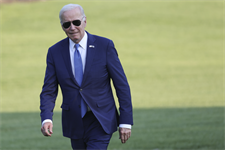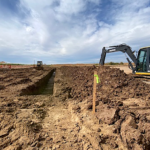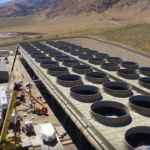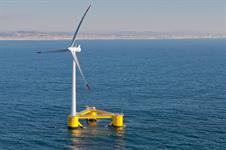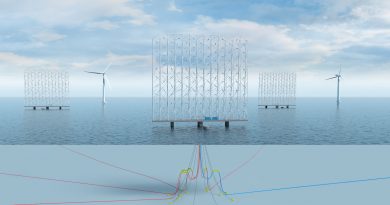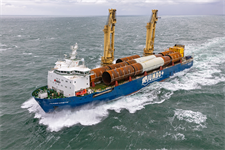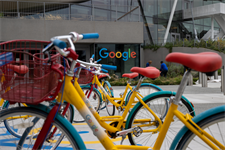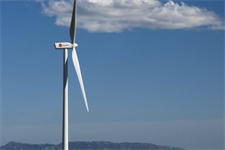US debt ceiling bill with streamlined permitting to receive Biden’s signature by Monday deadline
Energy Disrupter

The Fiscal Responsibility Act will now go to US President Biden’s desk for his signature before Monday 5 June, the date by which Janet Yellen, the Treasury Secretary said the US government could run out of money to pay its bills if the debt ceiling is not raised. She had warned such a default would be “economic catastrophe”.
The US Senate passed the $31.4trn debt ceiling bill on Thursday evening, a day after the House of Representatives passed it. The 99-page bipartisan compromise was negotiated by Biden and Republican House Speaker Kevin McCarthy last weekend.
Permitting reform has been pushed in Congress for some time, and has been previously backed by the White House.
Removing road blocks
The bill includes the first ever reforms of the 1970 National Environmental Policy Act (NEPA). The legislation would establish a two-year limit on environmental impact statement reviews of major federal energy projects.
Slow permitting has been cited as a major roadblock to the roll out of wind power and other clean energies in the US and Europe.
No deal on transmission
Transmission reform had not been included in the House version of the debt ceiling bill, and it was unclear if it was in the Senate version. If so, differences between the two bills would have to be quickly hammered out by a committee.
After the House version passed Jason Grumet, chief executive of the American Clean Power Association (ACP) welcomed the bill but he warned that transmission reform is also necessary:
He said: “ACP is appreciative of the steps taken to include much-needed reforms to improve efficiency of the permitting process for clean energy projects, [and] it’s critical that Congress build upon these initial steps and tackle comprehensive, meaningful reform to improve our nation’s clean power transmission capabilities and bring about the clean energy future America needs.”
Grumet added: “Clean power has become an indispensable source of electricity generation throughout the US with the majority of electricity generation added to the grid last year coming from wind, solar, and battery storage. But if that clean power can’t reach families and businesses who need it due to unnecessary delays and hurdles in connecting it to America’s power grid, we will fail to meet our nation’s economic, national security and climate imperatives.”

